The Photography Show presented by AIPAD
Eikoh Hosoe, Man and Woman, 1959-1960
32 early gelatin silver prints; printed c. 1960 Image sizes 4 x 7 3/8 in. (10.2 x 18.7 cm) to 9 3/ 16 x 11 11/16 (23.3 x 29.7 cm) Each mounted to mat board hinged to window mats 14 x 18 in.
8586
Sold
Illustrated: Hosoe, Eikoh. Man and Woman. Camer Art, 1961.
Eikoh Hosoe’s relationships with avant-garde artists Tatsumi Hijikata (the dancer and choreographer and founder of Butoh) and Yukio Mishima (author, poet, playwright, actor, model, Shintoist, nationalist, and founder of the Tatenokai) are seminal to much of his work. All three were creating work in postwar Japan that rejected convention and inspired a greater freedom of expression.
Man and Woman, 1959-60, pictures Tatsumi Hijikata, his students, fellow dancers, and fashion model Masako Ishida. The images are provocative and express a visceral and psychological exploration of human touch and interaction through the movement of dance.
Hosoe initially met Hijikata in 1959 at his first Butoh performance, KinjikiI (Forbidden Colors), which was based on a novel by Yukio Mishima. Mishima was so enamored by Hosoe’s images of Hijikata, that Mishima asked Hosoe to photograph him for his 1961 book of critical essays, The Attack on Beauty and later they created Hosoe’s other famous series Barakei (Killed by Roses/Ordeal by Roses).
LINK to full set
Eikoh Hosoe, Kamaitachi, 1965-68
38 early gelatin silver prints Image sizes range from 6 5/8 x 11 3/8 in. (17 x 29 cm) to 8 1/4 x 11 3/4 in. (21 x 30 cm) Each mounted to mat board hinged to window mats 18x22 in. With title sheet "Kamaitachi/ an extravagantly tragic comedy" taped to 18x22in window mat and 2 layout dummy sheets made with contact prints with corresponding numbers to those on mats verso in pencil.
8587
Sold
Illustrated: Hosoe, Eikoh. Kamaitachi. Gendai Shicho Sha, 1969.
Eikoh Hosoe’s relationships with avant-garde artists Tatsumi Hijikata (the dancer and choreographer and founder of Butoh) and Yukio Mishima (author, poet, playwright, actor, model, Shintoist, nationalist, and founder of the Tatenokai) are seminal to much of his work. All three were creating work in postwar Japan that rejected convention and inspired a greater freedom of expression.
In Hosoe’s 1965-68 series Kamaitachi, each image is a “happening” visualizing a supernatural weasel-like being from Japanese folklore rampaging through the countryside. The Kamaitachi is played by Tatsumi Hijikata and the other people are friends acting, collaborators in the happenings. Both Hosoe and Hijikata are from Northern Japan where the images were made.
Hosoe initially met Hijikata in 1959 at his first Butoh performance, Kinjiki (Forbidden Colors), which was based on a novel by Yukio Mishima. Mishima was so enamored by Hosoe’s images of Hijikata, that Mishima asked Hosoe to photograph him for his 1961 book of critical essays, The Attack on Beauty and later they created Hosoe’s other famous series Barakei (Killed by Roses/Ordeal by Roses).
LINK to full set


David Armstrong, Nan and Siobhan, at Miacomet, Nantucket, 1990
Vintage gelatin silver print, 14 15/16 x 15 1/4 in. (37.9 x 38.7 cm)
Signed, titled, dated, inscribed and numbered AP3 in pencil on print verso.
8625
$6,500
Nan Goldin and Siobhan Liddell



Allen Frame, Kevin in fur, Cambridge, 1974
Vintage gelatin silver print, 10 1/2 x 7 1/8 in. (26.7 x 18.1 cm)
Signed, titled and dated in ink on print verso.
8449


Allen Frame, Kevin in polka dotted dress, Cambridge, 1974
Vintage gelatin silver print, 9 3/4 x 6 15/16 in. (24.8 x 17.6 cm)
Paper 14 x 10 5/8 mounted to 14 1/4 x 10 5/8 mat board. Signed, titled "A friend in drag, Cambridge, MASS" and dated in ink on print recto.
8450
Sold
Nan Goldin, John Heys as Diana Vreeland, NYC, 1990
Vintage silver dye bleach print, 15 7/16 x 23 9/16 in. (39.2 x 59.9 cm)
Signed, titled, dated with edition 4/25 and inventory number in ink on print verso.
8604
$9,500
Nan Goldin, Roommate onstage at The Other Side, Boston, 1972
Vintage gelatin silver print, 9 1/4 x 6 1/2 in. (23.5 x 16.5 cm)
Signed, titled and dated in pencil on print verso.
1660
$20,000
Illustrated: Nan Goldin The Other Side. Scalo Publishers, 1993, p. 14. Nan Goldin: I'll Be Your Mirror. Whitney Museum of American Art, 1996, p. 29.



Diane Arbus, Female Impersonator with Jewels, 1958
Vintage gelatin silver print, 9 1/8 x 6 in. (23.2 x 15.2 cm)
Printed 1958-60. Signed by the artist in ink with Doon Arbus' signature, Estate and copyright stamps, numeric notation and copyright date in ink on print verso.
8635
$30,000



Francois Kollar, Untitled, c. 1933
Vintage gelatin silver print, 11 13/16 x 9 3/8 in. (30 x 23.8 cm)
Photographer's stamp on print verso.
8567
$7,500



Pierre Boucher, Untitled (le bras), 1934
Vintage gelatin silver print collage, 9 5/16 x 6 13/16 in. (23.6 x 17.3 cm)
with paint/guache/ink? Photographer's stamp with date in ink and pencil and measurements in pencil on print verso.
8568
$14,000
Illustrated: Bouqueret, Christian. Pierre Bourcher: Photomonteur. Marvel, 2003, p. 70, pl. 19.



Raoul Ubac, Combat de Penthésilée, 1937
Vintage gelatin silver print, 5 7/16 x 7 7/8 in. (13.8 x 20 cm)
Photographer's signature “R UBAC", title, date and "1er Etat collage solarisation" in photographer's hand with daughter's authentication and illustration reference and measurements in another hand in pencil on print verso.
8569
Sold
Illustrated: Bouqueret, Christian. Raoul Ubac: Photographie. Editions Léo Scheer, 2000, cat. 79, p. 89 and p. 241. Paris Capitale Photographique 1920-1040, Coll. Christian Bouqueret. Jeau de Paume/Éditions de La Martinière, 2009, p. 161.


Manuel Álvarez Bravo, Retrato de lo Eterno (Portrait of the Eternal), 1935
Vintage gelatin silver print, 9 1/2 x 7 1/2 in. (24.1 x 19.1 cm)
Mount 20 x 17 1/2 inches. Signed and annotated in pencil on mount recto.
8632
Price Upon Request
Provenance: Artist; Gunther Gerzso (artist), Mexico City; by descent to his family.



Ralph Eugene Meatyard, Untitled, c. 1968
Vintage gelatin silver print, 6 5/8 x 6 13/16 in. (16.8 x 17.3 cm)
Mounted 11 1/2 x 9 5/8 inches: signed by Madelyn O. Meatyard (artist's widow) as authentication with estate stamps and handwritten copyright notation in ink on print verso.
8364
Sold
Exhibited: Ralph Eugene Meatyard: Dolls and Masks, Art Institute of Chicago: June 30–September 25, 2011. De Young Museum, San Francisco October 8–February 26, 2012, Philadelphia Museum of Art May 19–August 5, 2012.
Illustrated: Ralph Eugene Meatyard: Dolls and Masks. Radius Books, 2011, p. 24. Variant illustrated: Hall, James Baker with Guy Davenport. Ralph Eugene Meatyard. Aperture, p. 46 and Rhem, James. Ralph Eugene Meatyard. Nathan (Collection Photo Poche), 2000, pl. 33.



Lewis Hine, Derrick-Man on Empire State Building, 1930
Vintage gelatin silver print, 9 9/16 x 7 9/16 in. (24.3 x 19.2 cm)
Title in ink with photographer's Interpretive Photography Hastings-on-Hudson stamp and notations in pencil on print verso.
8602
$12,000
Illustrated: Hine, Lewis W. Men at Work, Photographic Studies of Modern Men and Machines. The Macmillan Company, 1932, n.p.



Robert Frank, Mary in Wellfleet, 1958
Early gelatin silver print, 13 3/8 x 9 3/8 in. (34 x 23.8 cm)
Mounted 17 1/4 x 14 in. on grey Crescent board; signed, titled “Mary in Wellfleet” and dated “1953?” in ink with Museum of Fine Arts, Houston loan number and “BG956” in pencil on mount verso. With exhibition mat annotated “Robert Frank: New York to Nova Scotia cat #122” in black and red pencil verso.
8620
Sold
Exhibited: Robert Frank: New York to Nova Scotia. The Museum of Fine Arts, Houston, Feb 15–Apr 27, 1986; Cleveland Museum of Art, Jul 22–Aug 31, 1986; Museum Folkwang, Essen, West Germany, Jan 18–Mar 22, 1987; Los Angeles County Museum of Art, Jul 16–Sept 6, 1987; University Art Museum, University of California at Berkeley, Oct 7–Dec 13, 1987.
Illustrated: Rotzler, Willy. 'Robert Frank,' Du, vol. 22, no. 1, January 1962, p. 32; Frank, Robert. The Lines of My Hand. Lustrum Press, 1972, n.p. Frank, Robert. The Lines of My Hand. Yugensha, 1972, p. 56 [dated 1959].



Laure Albin-Guillot, Brazilin (Brazilwood II), 1931
Vintage Fresson print, 11 1/2 x 9 3/16 in. (29.2 x 23.3 cm)
Probably with silver leaf. "Photographie de Laurae Albin-Guillot/Expo Art Deco, 1925/ Paravent Chinois fait sur métal/Pierre Fresson avait fait un paravent sur le bateau « Normandie »" in pencil on print verso.
8563
Sold
Illustrated: Micrographie Décorative. Paris: Draeger Frères, 1931, variant of Plate VII [blue not brown]. Bouqueret, Christian. Laure Albin Guillot ou La volonté d'art. Marval, 1996, p. 68.
Robert Adams, Wheat Stubble, South of Thurman, Colorado, 1965
Gelatin silver print, 8 15/16 x 10 15/16 in. (22.7 x 27.8 cm)
Signed, titled, dated with print date 1989 in pencil and copyright stamp on print verso.
1106
Sold
Illustrated: Adams, Robert. Prairie. Denver Art Museum, 1978 & Denver Art Museum/Fraenkel Gallery, 2011, frontispiece. Adams, Robert. What Can We Believe Where? Photographs of the American West. New Haven, Conn.: Yale University Art Gallery, 2010, pl. 10.


Henry Peter Bosse, Foot of Island 50, 1889
Vintage cyanotype, 10 3/8 x 13 in. (26.4 x 33 cm)
Titled and numbered "79a" in ink on print recto.
8623
$18,000
Provenance: Major Alexander Mackenzie (1844–1921), U.S. Army Chief of Engineers.
Prussian born, Henry Peter Bosse (1844–1903), emigrated to the United State in 1870 and settled in Chicago. The United States Army Corps of Engineers hired Bosse as a draughtsman and cartographer to map the upper portion of the Mississippi River between Minneapolis and St. Louis. From 1882 to 1892, he photographed the river and its shores with a large format camera making glass plate negatives which he printed using an oval mask as cyanotypes.
Though it was economical and the same process used by architects to duplicate their line drawings, the captivating blue was one of the many aesthetic choices Bosse made in creating such a distinctive and important body of work of the American landscape.
The cyanotype process is based on the light sensitivity of iron salts, specifically the interaction between iron(III) salts and potassium ferricyanide to form the pigment Prussian blue (ferric ferrocyanide). Prussian blue is responsible for the cyanotype’s characteristic cyan/blue tone.
The cyanotype process was first officially recorded by Sir John Herschel on April 23, 1842.
Read more about the process at graphicsatlas.org.



Robert Adams, A Tract House, Colorado Springs, 1969
Gelatin silver print; printed 1983, 5 5/16 x 5 5/16 in. (13.5 x 13.5 cm)
Signed, titled, print date in pencil and “1974” in pencil within copyright stamp on print verso.
8634
$18,000
Illustrated: Adams, Robert. The New West: Landscapes Along the Colorado Front Range. The Colorado Associated University Press, 1974. p. 27.


Lewis Baltz, Unoccupied Warehouse, Santa Ana, 1974
Vintage gelatin silver print, 6 x 9 in. (15.2 x 22.9 cm)
Flush mounted to processed photographic paper.
8592
$8,500
Illustrated: Baltz, Lewis. The New Industrial Parks near Irvine, California. Castelli Graphics, 1974, pl. 44.
Provenance: artist to Robert von Sternberg, photographer.



Frederick Sommer, Jackrabbit, 1938
Vintage gelatin print; printed no later than 1949, 7 1/2 x 9 3/8 in. (19.1 x 23.8 cm)
Mounted; signed, titled "Photograph" and dated in pencil on mount verso.
8528
$48,000
Provenance: Sommer to Dieter Weiss, 1949.
Sommer and Weston
Many of us typically think of death as the end of life; something to be buried, hidden, and observed with solemn reverence. There are plenty of cultures however, that view death as a part of life, a transitional moment to be celebrated, visually represented, and marked by gracious, even grateful reflection. This is, perhaps, a helpful reminder when looking at these two photographs of dead animals by two very different photographers who were both giants in the field.
Sommer’s approach to photography and indeed all art-making was provocative and spiritual, interested in teasing out meaning from everything around us. Weston’s approach was almost clinical, elevating the everyday to monumental status through careful, technical visual description. While the subjects of these two photographs is in name at least, the same (animal remains) the difference between the photographers suggests separate motivations for making each picture; motivations that the pictures themselves bear out.
Weston, for example, has taken great care to isolate the skeletal remains of a bird on a field of tightly speckled sand, which forms a ready-made greyscale against which the sun-bleached bones and dry feathers are silhouetted. The dark shadows beneath the remains emphasize the sculptural qualities of the remains, declaring their status as something that is, not something that was. By contrast, Sommer’s image is as inquisitive as Weston’s is declarative. Instead of a clear division of surface and object, Sommer’s rabbit dissolves into its surroundings as if in the process of transitioning back to the land. True to form, Sommer seems interested here in the ongoing nature of things, forcing us to think about the thin lines between life, death, and earth.
See the Weston


Edward Weston, Bird Skeleton, Oceano, California, 1936
Vintage gelatin silver print, 7 1/2 x 9 1/2 in. (19.1 x 24.1 cm)
Mounted to 15 x 15 1/2 board; signed with negative "22B" in pencil on mount verso.
2599
$18,000
Illustrated: Conger, Amy. Edward Weston: The Form of the Nude. Phaidon Press, New York 2005, fig.959. Mora, Gilles [Ed.]. Edward Weston: The Forms of Passion. Abrams Press, New York 1995, p.224.
Provenance: Weston traded to Frederic Sommer for drawing by Sommer; gift from Sommer to previous owner.
Sommer and Weston
Many of us typically think of death as the end of life; something to be buried, hidden, and observed with solemn reverence. There are plenty of cultures however, that view death as a part of life, a transitional moment to be celebrated, visually represented, and marked by gracious, even grateful reflection. This is, perhaps, a helpful reminder when looking at these two photographs of dead animals by two very different photographers who were both giants in the field.
Sommer’s approach to photography and indeed all art-making was provocative and spiritual, interested in teasing out meaning from everything around us. Weston’s approach was almost clinical, elevating the everyday to monumental status through careful, technical visual description. While the subjects of these two photographs is in name at least, the same (animal remains) the difference between the photographers suggests separate motivations for making each picture; motivations that the pictures themselves bear out.
Weston, for example, has taken great care to isolate the skeletal remains of a bird on a field of tightly speckled sand, which forms a ready-made greyscale against which the sun-bleached bones and dry feathers are silhouetted. The dark shadows beneath the remains emphasize the sculptural qualities of the remains, declaring their status as something that is, not something that was. By contrast, Sommer’s image is as inquisitive as Weston’s is declarative. Instead of a clear division of surface and object, Sommer’s rabbit dissolves into its surroundings as if in the process of transitioning back to the land. True to form, Sommer seems interested here in the ongoing nature of things, forcing us to think about the thin lines between life, death, and earth.
See the Sommer



Weegee (Arthur Fellig), Cop Killer, 1939
Gelatin silver print; printed c. 1960, 13 1/8 x 10 1/2 in. (33.3 x 26.7 cm)
Photographer's “451 West 47th Street" and circular “Weegee the Famous" stamps on print verso.
8637
$15,000
William Eggleston, Untitled, 1971
Dye transfer print, 11 5/8 x 17 1/4 in. (29.5 x 43.8 cm)
Signed in pencil with edition number 22/30 (5 APs) and related stamps on print verso.
8631
$30,000
Arco Station at Night, plate 9 of 15 from "Troubled Waters" portfolio published by Caldecott Chubb, 1980.



Irving Penn, Cigarette No.52, 1972
Platinum-palladium print, 24 x 20 in. (61 x 50.8 cm)
Flush-mounted to aluminum 25 13/16 x 22 in.; signed, titled, dated, editioned 9/42 and inscribed "Rives Paper on Aluminum/Multiple Coating and Printing/ 1 [in a circle] Platinum/ 2 [in a circle] Platinum-Palladium/ Print made Feb.-March 1975" and "NEG. NO. 52" and "No more than 42 original prints of this picture will ever be made. [artist initialed]" in pencil and copyright stamp with "1974" within in pencil, stamped "Hand-coated by the photographer" and stamped "Deacidified" on verso.
1827
Sold
Illustrated; Penn, Irving. Passage. Alfred A. Knopf, p. 205. Penn, Irving. Still Life. Bulfinch, 2001, p. 53;


























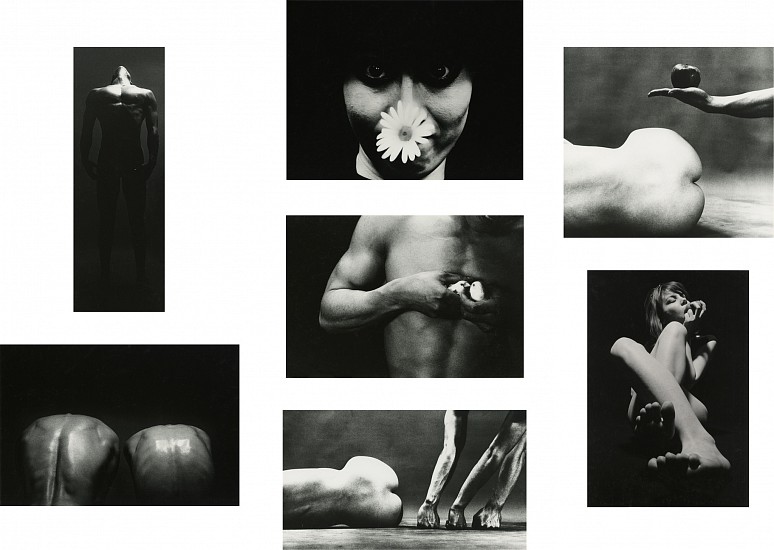
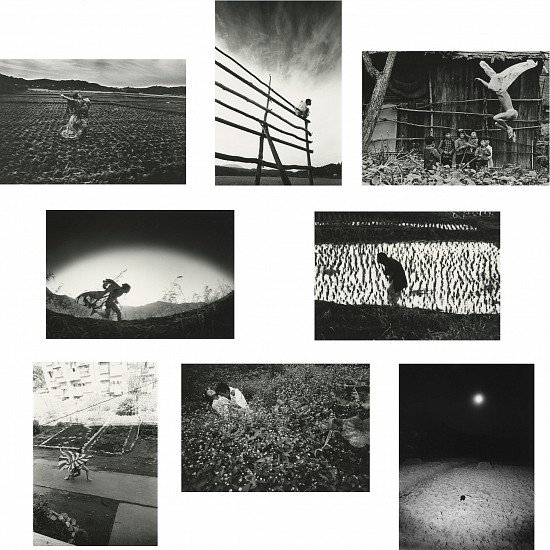

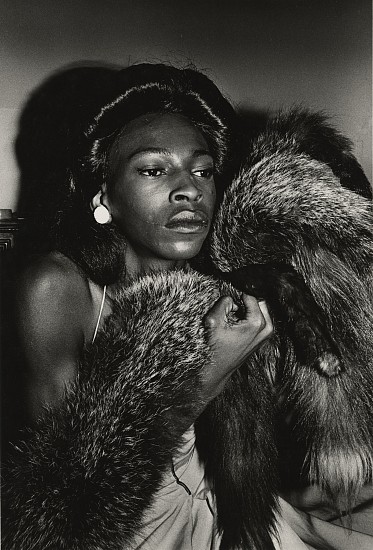
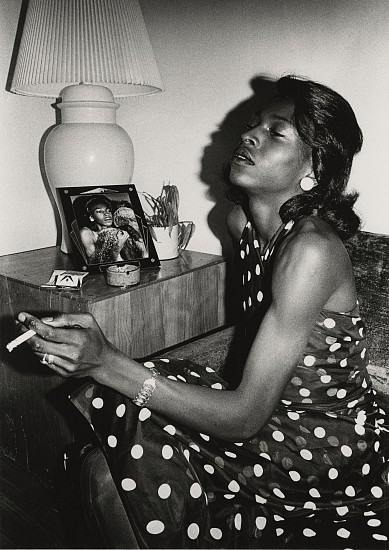
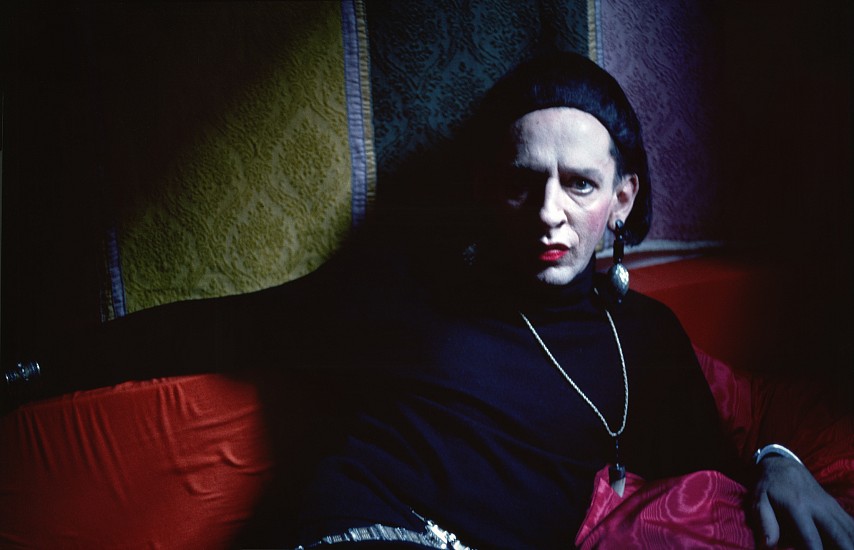

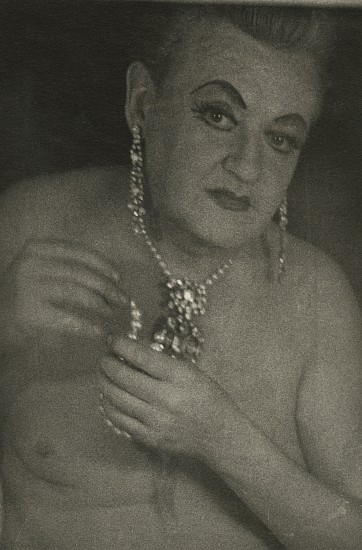
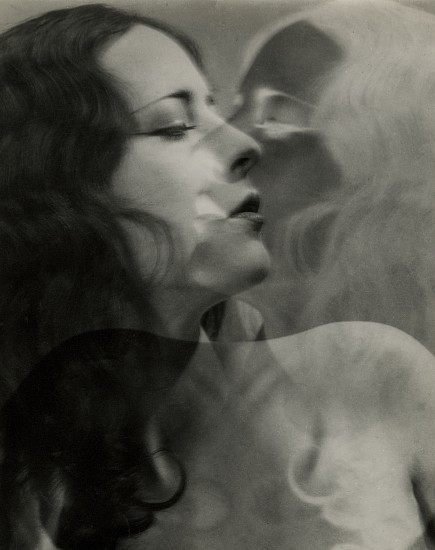
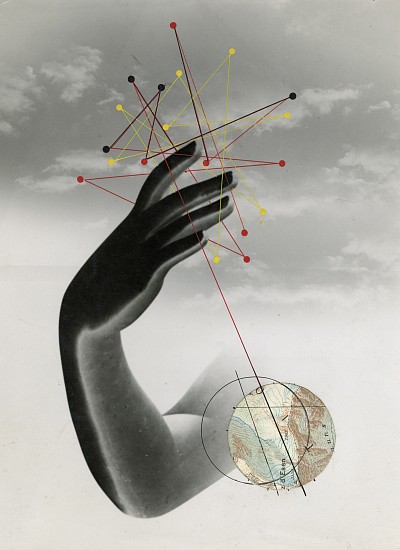
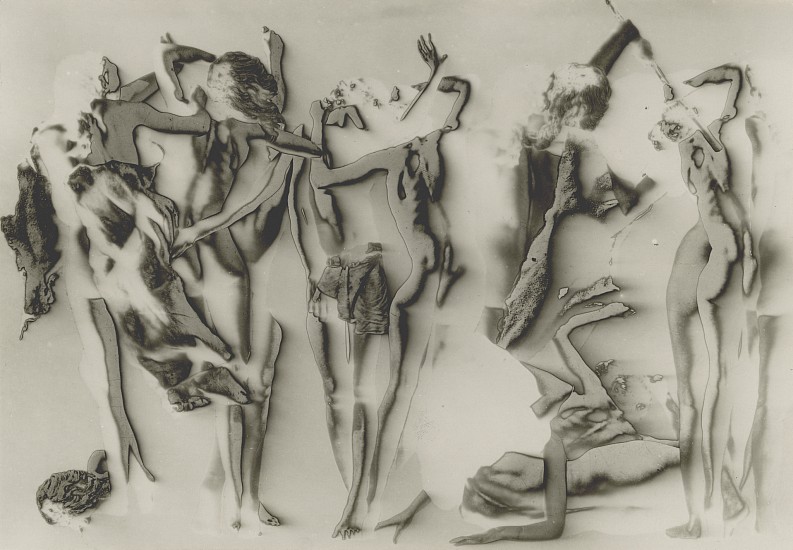
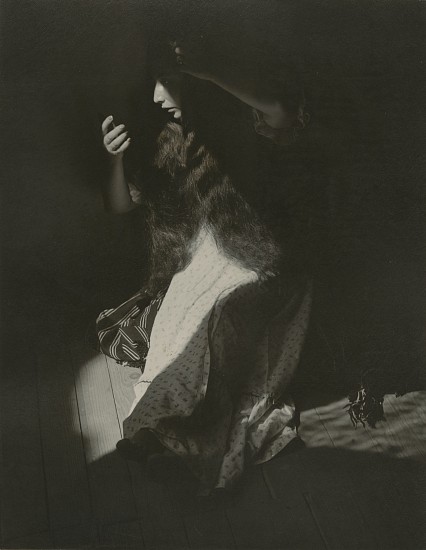
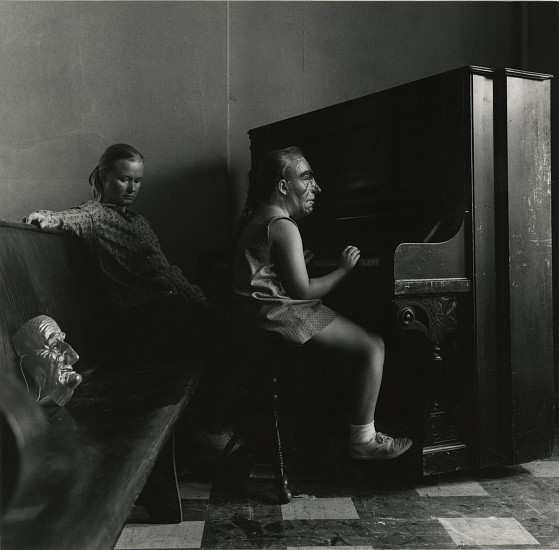

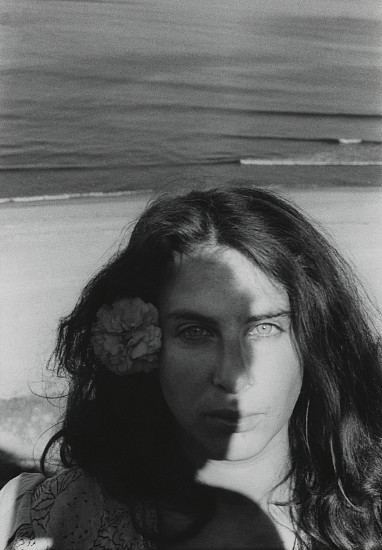
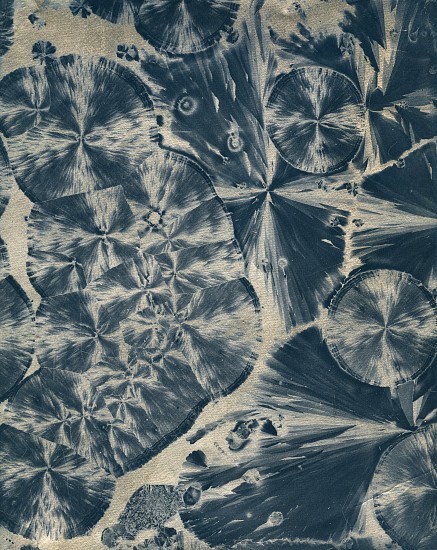

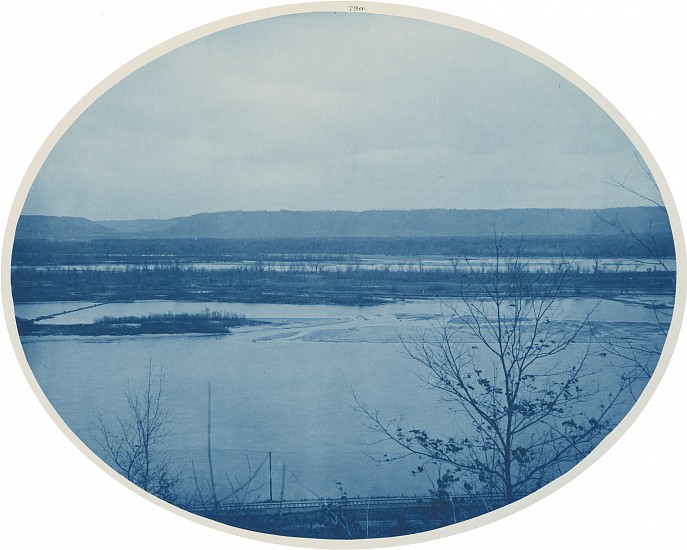
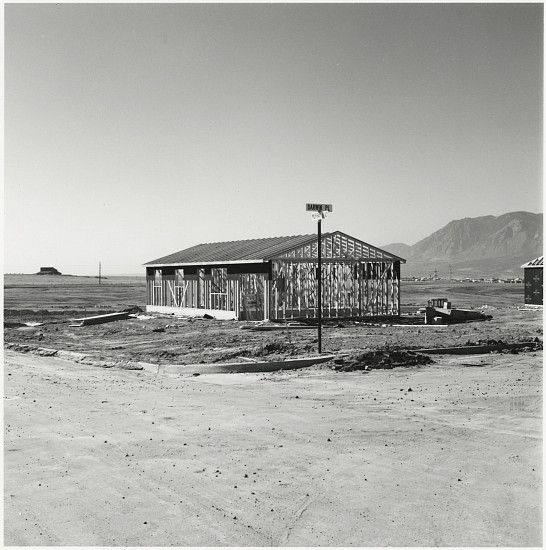

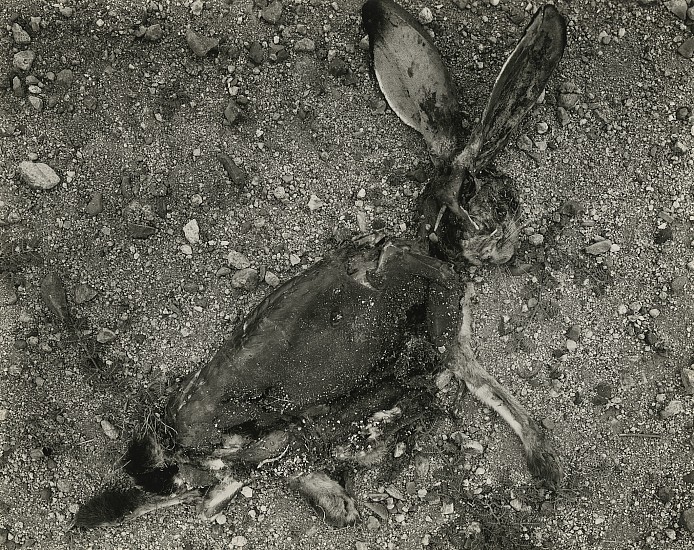
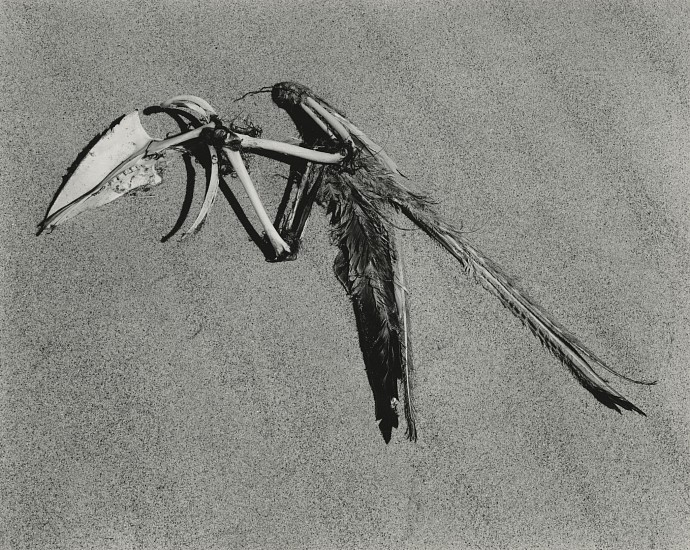
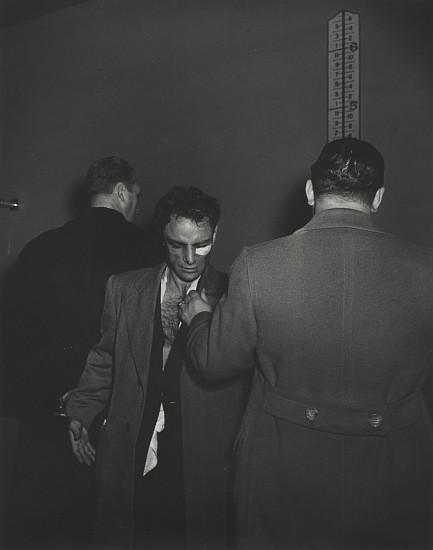
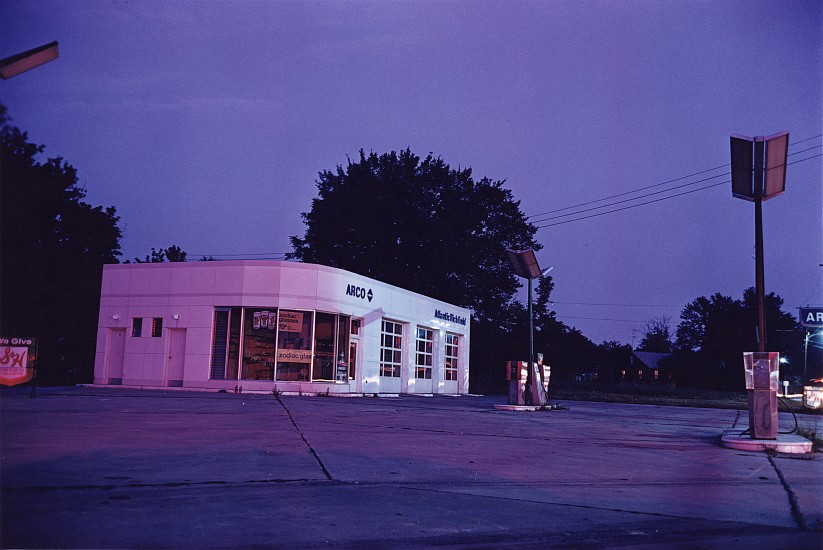
![Irving Penn, Cigarette No.52, 1972
Platinum-palladium print, 24 x 20 in. (61 x 50.8 cm)
Flush-mounted to aluminum 25 13/16 x 22 in.; signed, titled, dated, editioned 9/42 and inscribed "Rives Paper on Aluminum/Multiple Coating and Printing/ 1 [in a circle] Platinum/ 2 [in a circle] Platinum-Palladium/ Print made Feb.-March 1975" and "NEG. NO. 52" and "No more than 42 original prints of this picture will ever be made. [artist initialed]" in pencil and copyright stamp with "1974" within in pencil, stamped "Hand-coated by the photographer" and stamped "Deacidified" on verso.
1827
Sold](/images/26291_h550w916gt.5.jpg)